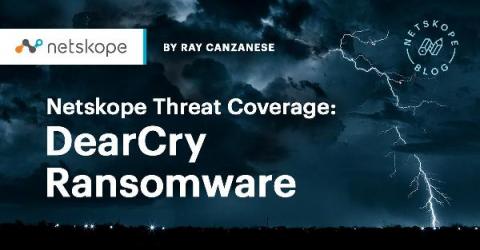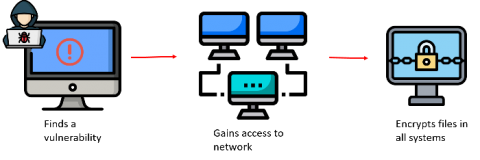What harm can computer viruses cause?
It’s often said that coders can make or mar the internet. They make the internet by creating great apps, websites, software etc, and can also mar the internet through malicious programs like viruses. Computer viruses are one of the most discussed topics by regular computer users. You must have found yourself discussing this topic one way or the other. However, many don’t know the details about computer viruses.










